Introduction to Urban Planning and Sustainability
Urban planning is a systematic approach to organizing and managing land use, infrastructure, and resources in urban areas. It plays a pivotal role in fostering sustainable development, ensuring that cities can accommodate their populations while safeguarding the environment. The importance of urban planning has grown as cities worldwide grapple with challenges such as population density, resource scarcity, and environmental degradation. In this context, the emergence of sustainable cities reflects a growing recognition of the need to balance economic, social, and environmental objectives.
As urban populations expand, the call for sustainable practices within city planning has become more pronounced. Sustainable cities aim to minimize their ecological footprint through efficient resource management, promoting green spaces, and prioritizing public transportation. Urban planners like Lila focus on integrating green infrastructure into city designs, which can enhance biodiversity and improve residents’ quality of life. This sought-after balance between development and preservation serves as a guiding philosophy for contemporary urban initiatives, wherein planners strive to create environments that are resilient, inclusive, and adaptable to changing conditions.
The rise of technological innovations has further transformed the landscape of urban planning. Smart city initiatives utilize data and technology to optimize services and address urban challenges, thereby making cities more livable and sustainable. Lila’s journey to Brazil emphasizes the exploration of such innovative projects, showcasing how various cities are implementing creative solutions that align with sustainable principles. The quest for sustainable urban environments not only enhances cities but also promotes economic growth and social equity, paving the way for a brighter future.
Lila’s Arrival in Brazil: First Impressions
As Lila stepped off the plane and into the bustling atmosphere of Brazil, she was immediately enveloped by a tapestry of sights, sounds, and scents that sparked her enthusiasm for the adventure ahead. The warm air carried the aroma of street food wafting through the terminals, inviting her to explore the local flavors. Vibrant murals adorned the walls, showcasing Brazil’s rich cultural heritage, which filled her with anticipation for the vibrant experiences she would soon encounter.
As an urban researcher focused on sustainability, Lila was acutely aware of the complex challenges facing cities like São Paulo and Rio de Janeiro. During her early moments in Brazil, she observed the juxtaposition of urban innovation and environmental degradation. In some neighborhoods, she saw sleek, modern architecture designed to foster community engagement, while in others, outdated infrastructure struggled to meet the needs of a burgeoning population. This disparity sparked her curiosity and commitment to understanding how Brazil’s cities were addressing their pressing sustainability issues.
Excitement coursed through her as she navigated the diverse neighborhoods, each offering a distinct feel and character. She marveled at the bustling markets filled with colorful fruits, handmade crafts, and thriving local businesses. However, amidst the vibrancy, she couldn’t help but notice areas still grappling with socio-economic challenges. This contrast served as a reminder that while Brazil boasted innovation and creativity, significant hurdles remained in achieving sustainable urban development.
Emboldened by her experiences, Lila was eager to engage with local activists, city planners, and residents who would help shape her understanding of Brazil’s innovative approaches to urban sustainability. Little did she know, her transformative journey was just beginning, as she prepared to dive deeper into the heart of Brazil’s sustainable cities.
Meeting Max: The Local Architect
As Lila navigated the vibrant streets of Brazil, her quest for sustainable solutions in urban environments led her to a small, modern studio nestled among the bustling markets of a sustainable city. This lively atmosphere perfectly encapsulated the innovative spirit of the community. It was here that she met Max, a local architect whose creative vision aligned with her own passion for eco-friendly designs. Max had earned a reputation for his groundbreaking work that harmoniously blended architecture with nature, prioritizing sustainability in every project.
Max’s approach drew from a rich tapestry of cultural influences. His background in traditional Brazilian craftsmanship afforded him unique insights into the integration of natural materials and local art. This understanding resonated deeply with Lila, who appreciated his commitment to preserving the essence of local culture while driving innovative practices. Their first conversation flowed effortlessly, revealing shared values and philosophies concerning the environment and community development. They both understood that sustainable architecture could play a vital role in improving urban life while respecting the ecological footprint.
Throughout their discussion, it became evident how their different backgrounds – Lila’s experiential knowledge of social sciences and Max’s architectural proficiency – complemented one another. Max spoke with enthusiasm about the use of renewable resources and cutting-edge green technology, while Lila envisioned the social impact these designs could have on residents. This synergy marked a significant turning point, laying the foundation for collaboration on various eco-friendly initiatives that would soon evolve into a powerful partnership. With an inspiring connection forged between the two, their journeys began to intertwine, promising innovation and love amidst the backdrop of Brazil’s sustainable cities.
Exploring Innovative Sustainable Projects
During their journey through Brazil’s vibrant cities, Lila and Max encountered a myriad of innovative sustainable projects that reflect the nation’s commitment to environmental stewardship and urban renewal. One notable example is the proliferation of green buildings, which integrate energy-efficient technologies and sustainable materials. These structures not only minimize carbon footprints but also enhance the quality of life for residents by improving air quality and providing natural lighting. In cities like Curitiba and São Paulo, architects and developers have embraced biophilic design principles, incorporating elements of nature into urban environments, thus fostering a harmonious relationship between inhabitants and their surroundings.
Renewable energy initiatives also play a critical role in Brazil’s sustainable development narrative. Lila and Max discovered solar farms harnessing the power of Brazil’s abundant sunlight, transforming it into clean energy that powers households and businesses. Additionally, wind energy projects along the coast are leveraging Brazil’s favorable wind conditions, contributing significantly to the national energy grid while reducing reliance on fossil fuels. These initiatives not only serve as models of innovation but also reflect the cultural emphasis on sustainability and eco-conscious living that permeates Brazilian society.
Urban greenspaces emerged as another essential component of Brazil’s sustainable urban landscape. Parks and green corridors, such as the famous Ibirapuera Park in São Paulo, offer residents a refuge from the urban hustle and bustle, promoting mental well-being and community engagement. These spaces are often designed to reflect the local culture, showcasing Brazilian flora and providing areas for social gathering, art, and recreational activities. Projects prioritizing ecological restoration and biodiversity within urban settings serve to educate citizens about the importance of preserving native ecosystems while fostering a sense of community ownership and pride.
Collaboration and Idea Exchange
The collaborative efforts between Lila and Max epitomize the essence of innovation in sustainable architecture. Their journey through Brazil’s vibrant urban landscapes has not only provided them with a plethora of inspiration but has also fostered a remarkable synergy between their professional expertise. Engaging in regular brainstorming sessions, the pair have found that exchanging ideas is vital for generating novel design strategies that address the pressing need for sustainability in modern cities.
One of the critical aspects of their collaboration is the discussion of materials that promote sustainability without compromising aesthetic appeal. Lila often emphasizes the importance of using locally sourced materials, which not only reduces carbon footprints but also strengthens community ties. Max, on the other hand, offers insights into innovative materials that are both sustainable and durable. Their conversations often swing between theoretical frameworks and practical implementations, allowing them to explore a wide range of possibilities. This dynamic interplay of ideas leads to unique designs that embody both functionality and eco-friendliness.
Furthermore, Lila and Max recognize that community involvement is paramount in their projects. By engaging local residents in the planning and design processes, they ensure that their architectural solutions cater to the specific needs and preferences of the community. Their discussions frequently revolve around strategies for inclusive participation, which helps to instill a sense of ownership among residents regarding the sustainable initiatives. Through this collaborative dialogue, they believe that both social cohesion and sustainability can be achieved, forging deeper connections within the community.
Ultimately, the exchange of ideas between Lila and Max not only strengthens their professional relationship but also enriches their understanding of sustainable architecture. The intersection of their thoughts and experiences in this journey serves as a testament to the potential of collaborative innovation in creating more sustainable urban environments.
From Professional Partners to Romantic Allies
As Lila and Max delved deeper into their shared projects in Brazil’s sustainable cities, the professional partnership they had established began to evolve into something far more profound. Their mutual admiration for sustainable architecture and innovative designs gradually fostered an environment ripe for personal connection. Long hours spent collaborating on projects often led to animated discussions that transcended design principles. These exchanges illuminated their individual aspirations, hopes, and aspirations, creating an emotional bond that bridged their professional lives and sparked the beginnings of romance.
Their joint efforts in crafting eco-friendly buildings became a canvas upon which their relationship was painted. Each success in the realm of architecture was not merely a professional victory, but also a shared celebration, reinforcing their growing affection. In the picturesque landscapes of Brazil, they explored not just the cities’ potential for sustainability but also the intricate layers of their own emotions. The vibrant local culture influenced their collaboration, weaving a palpable passion into their work, manifesting parallels between the ideas of community and connection.
Moments of laughter, late-night brainstorming sessions over cups of organic coffee, and field trips to visit awe-inspiring green structures laid the groundwork for an emotional intimacy that neither had anticipated. Their shared vision for the urban environment fostered a deeper understanding, allowing them to embrace and inspire one another. As they navigated the complexities of architecture, they also unraveled their vulnerabilities, igniting an affection that interlinked their professional goals and personal lives seamlessly.
This unexpected transformation reshaped their respective paths, forging a partnership that was both innovative in architecture and enriching in love. The blend of personal and professional developed into a dynamic force, reinforcing their commitment not only to their projects but to each other as well. The journey they embarked upon reinforced their belief in the power of collaboration, both in design and in the experiences that brought them closer together.
Cultural Immersion: Learning from Brazil’s Urban Landscape
During her journey through Brazil’s vibrant cities, Lila found herself immersed in a rich tapestry of culture that extended far beyond the architectural marvels. Each urban environment offered her a unique glimpse into the lives of the local communities that shaped them. From bustling markets to tranquil parks, every corner of Brazil’s sustainable cities presented invaluable opportunities for cultural exchanges. These interactions were not merely superficial; they allowed Lila to develop a deeper understanding of how sustainability is intertwined with daily life in Brazil.
Through conversations with local artisans, Lila learned about traditional crafts that have been passed down through generations. These artisans prioritize using local materials and sustainable methods, emphasizing a respect for nature that resonated with her own values. Lila became inspired by the intricate balance these community members maintained between their livelihoods and environmental stewardship. This philosophy of living sustainably was reflected in their homes, gardens, and communal spaces, where resourcefulness and harmony with nature were paramount.
Furthermore, Lila participated in community events that highlighted Brazil’s dedication to collective well-being. She witnessed firsthand how collaborative projects addressed social issues while promoting sustainable practices. From urban gardening initiatives to recycling programs, these grassroots efforts illustrated the strength of community in driving change. The knowledge she gained from these exchanges would later influence her approach to her own projects, incorporating elements of community engagement and sustainability.
The experiences she encountered not only enriched her perspective on urban development but also emphasized the importance of cultural context in sustainable living. Lila’s journey illuminated the myriad ways in which Brazilian communities embody resilience and innovation. This cultural immersion became a cornerstone of her understanding of sustainable practices, shaping her future work with newfound clarity and purpose.
A Memorable Last Night: Stroll Through the City
The sun began to set, casting a warm golden hue over the vibrant streets of the Brazilian city as Lila and Max prepared for their final night together. The air was filled with an infectious energy, a blend of laughter and music wafting from nearby cafes and bars. Clutching hands tightly, they ventured into the lively atmosphere that the city offered, eager to make the most of their last evening. Each step along the cobblestone path seemed to echo their experiences, reflecting their engagement with various sustainable projects throughout their journey.
As they walked through the bustling neighborhoods, Lila marveled at the colorful street art that adorned every corner, representing the spirit and vitality of the local culture. Max, observant as ever, pointed out the eco-friendly initiatives embedded in the architecture around them, a testament to the commitment to sustainability within the community. Their conversations flowed seamlessly, discussing the innovative practices they had encountered—from vibrant markets promoting organic farming to community-led urban gardens, reinforcing the impact of love and collaboration in nurturing both personal relationships and the environment.
Stopping intermittently to sample local delicacies, they indulged in the tantalizing flavors that defined the city’s culinary scene. The laughter shared over empanadas and caipirinhas echoed into the night, intertwining with the rich sounds of Brazilian music that set the backdrop of their romancing adventure. As they wandered deeper into the heart of the city, the glow of street lamps illuminated their path, casting shadows that danced alongside them. With each moment, it became increasingly clear that their bond, fortified through shared experiences and common ideals, was evolving into something profound.
As the night matured, it served not only as a beautiful conclusion to their travels but also as a powerful reminder of the love that had blossomed amidst their journey of discovery. Their stroll, filled with wonder and connectivity, encapsulated the essence of their shared adventure—a lasting testament to the harmony of love and innovation in Brazil’s sustainable cities.
Looking Ahead: The Future of Sustainable Cities
As Lila and Max reflect on their transformative experiences in Brazil, it is evident that the future of sustainable cities holds immense promise and challenges. With an increasing global population and ongoing urbanization, the necessity for cities to adapt sustainably has never been more critical. Lila and Max have garnered invaluable insights during their time in the vibrant cities of Brazil, where innovative approaches to urban planning and architecture were evident. The lessons learned will serve as a foundation for their future endeavors in sustainable design.
The dialogue surrounding sustainable cities is continuously evolving, driven by architects and urban planners who are increasingly prioritizing environmentally friendly solutions. These professionals are integrating cutting-edge technologies and embracing practices such as green building, community engagement, and regenerative design. As Lila and Max envision their careers, they recognize the importance of collaborating with diverse stakeholders to ensure their projects align with community needs while contributing to ecological resilience.
Moreover, the urgency of climate change demands that urban planning not only takes environmental sustainability into account but also actively seeks to enhance social equity. Lila and Max are committed to creating spaces that foster inclusivity and address the disparities often found in urban settings. The sustainable city of the future is one where diverse populations can thrive amidst green, equitable, and connected environments.
As they look ahead, Lila and Max hope to incorporate Brazil’s innovative practices into their work, drawing inspiration from local artisans and community-led initiatives. By doing so, they aim to foster a deeper connection between people and their environments, ultimately contributing to the ongoing dialogue on sustainable cities. This journey reinforces their belief that love and innovation can shape not only their professional paths but also the cities they inhabit, ensuring brighter, greener futures for generations to come.
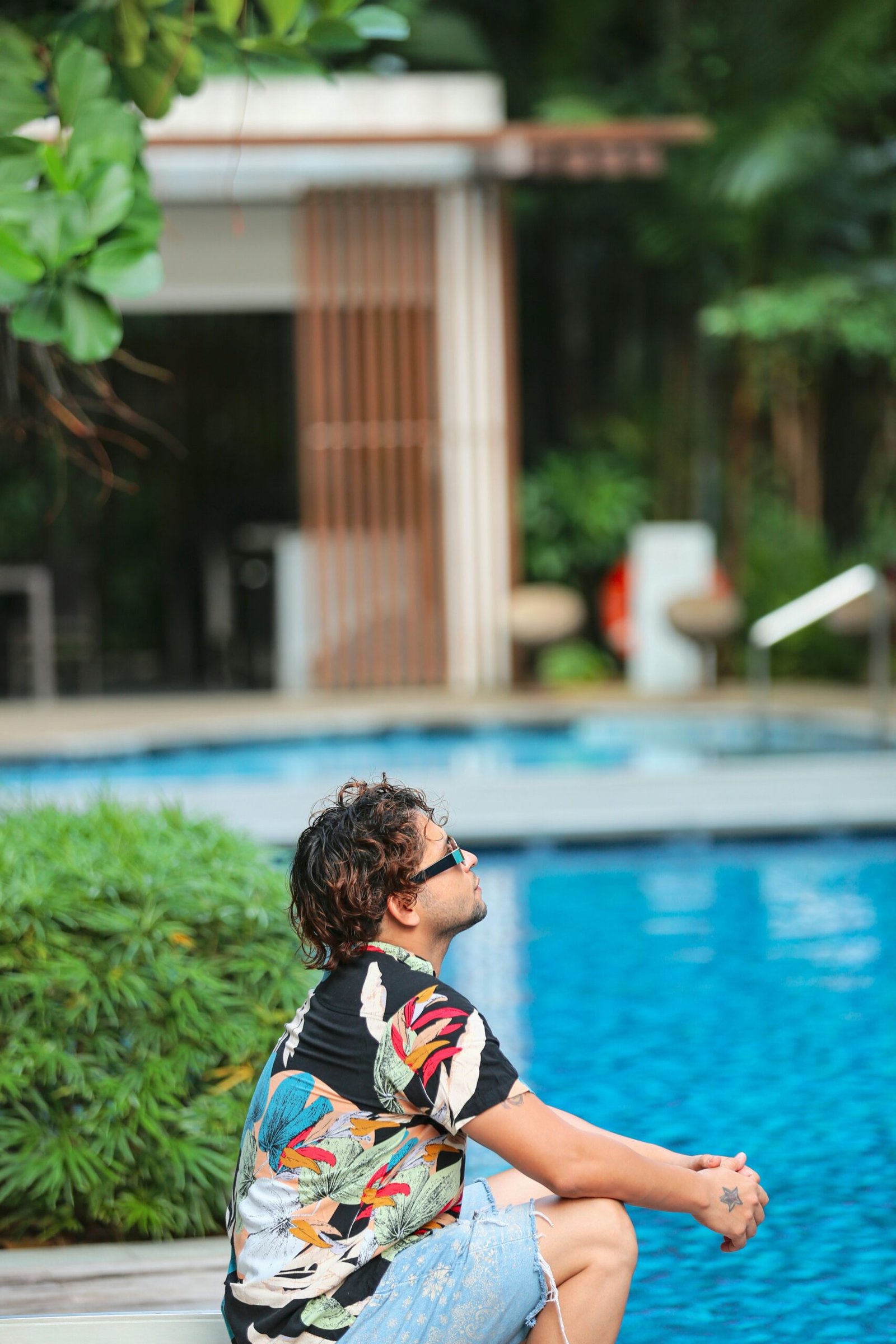








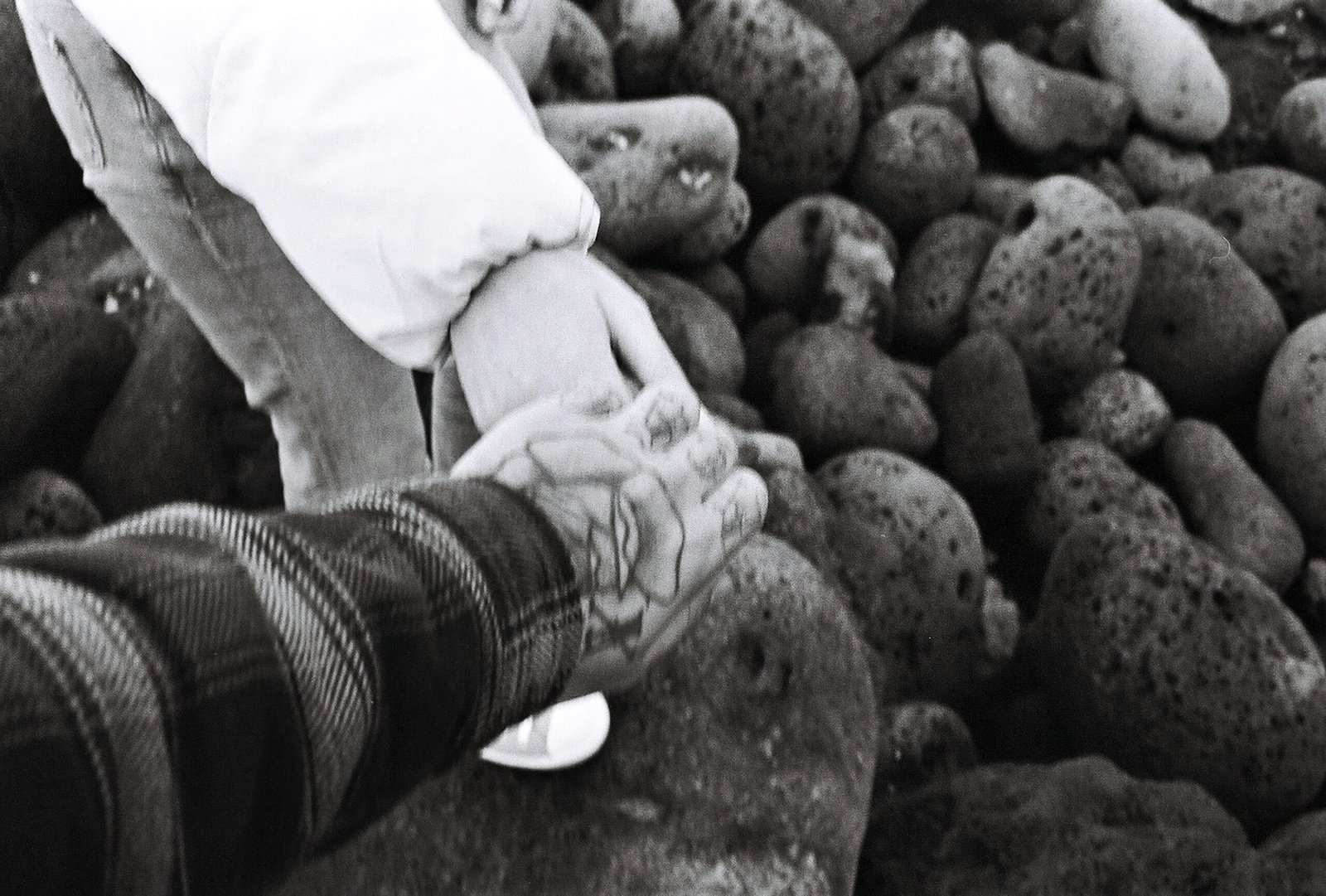
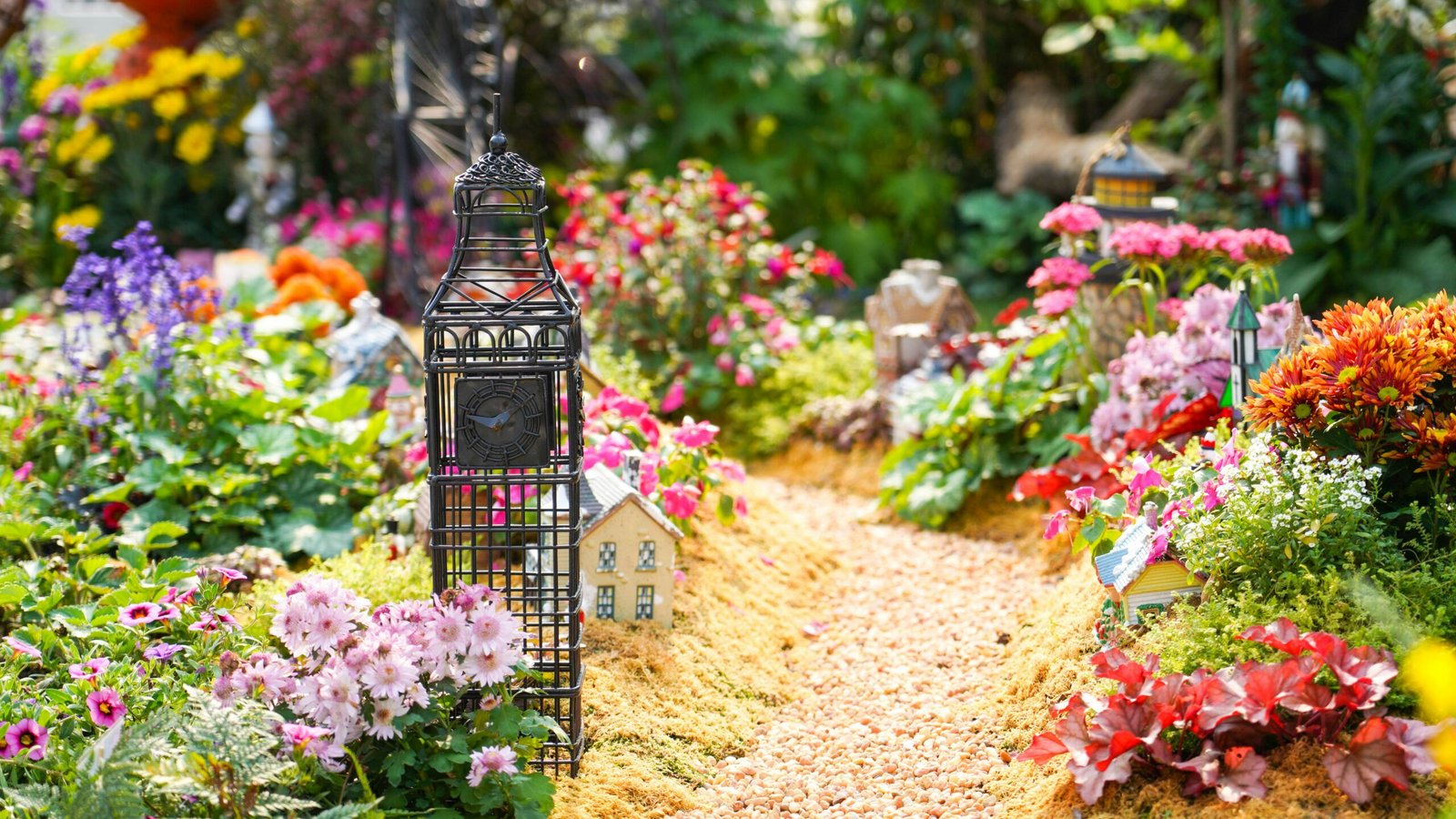






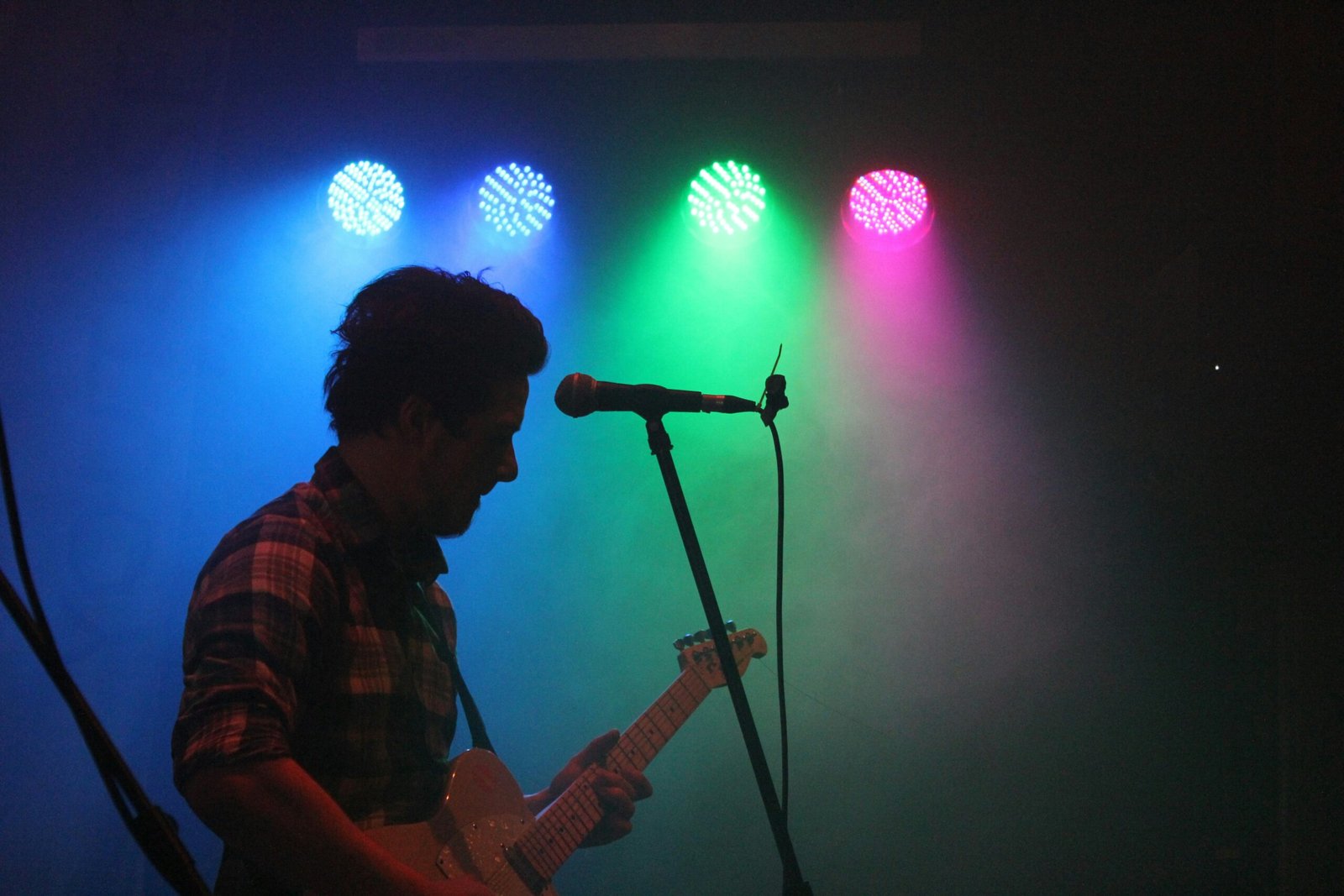

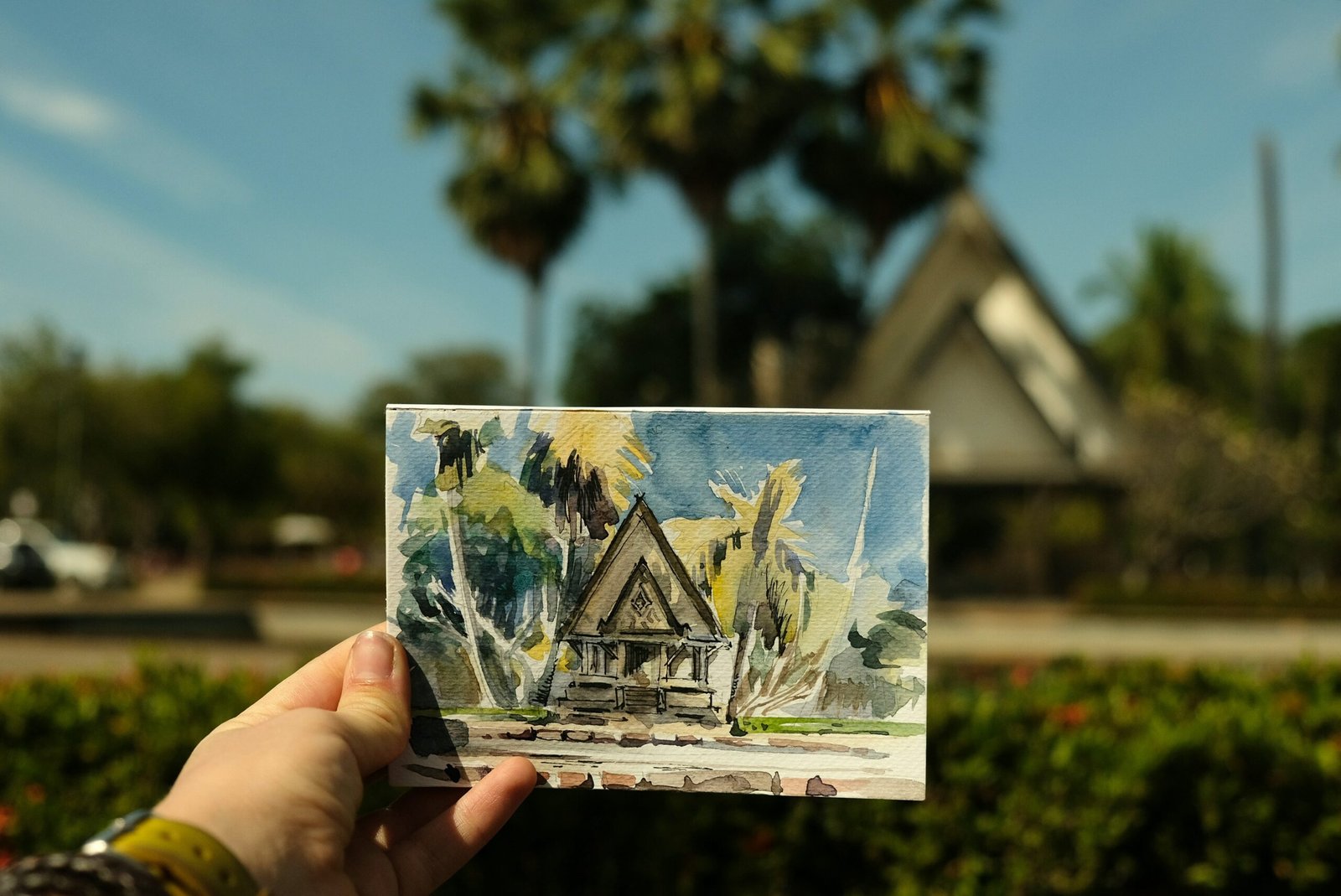
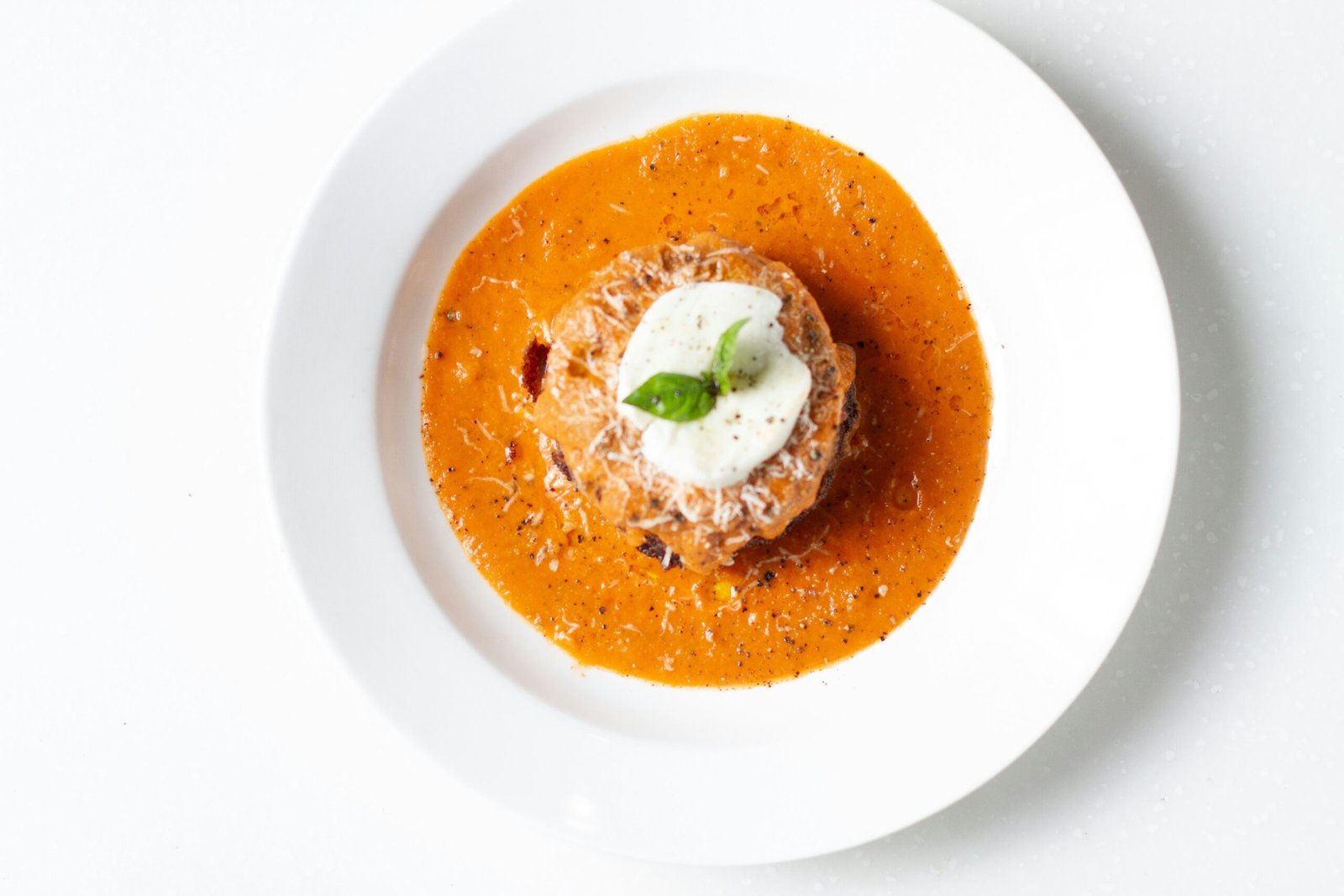

No Comments
Leave a comment Cancel